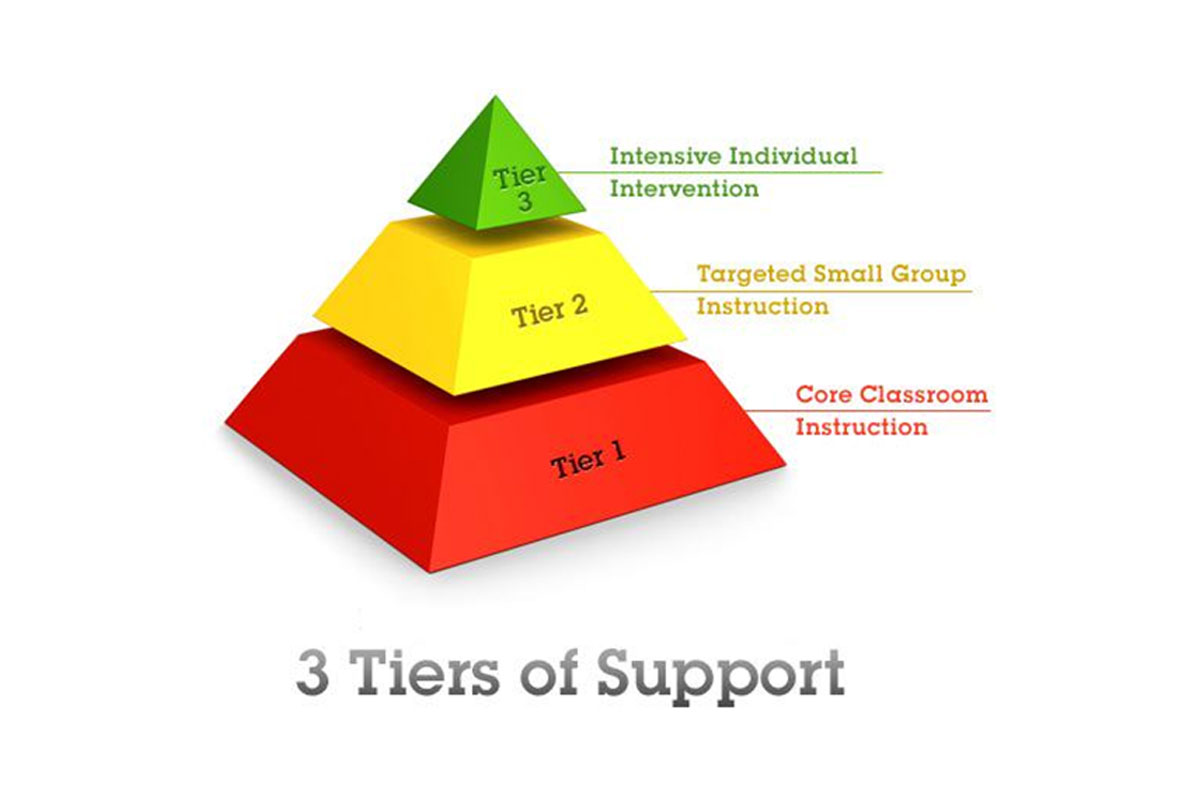Learning struggles can be caused by internal or external factors.
External factors such as the opportunities and experiences a person has, disruption and quality of education, can greatly affect learning and cause delays and gaps in knowledge and skills. It doesn’t take long for a child to fall behind and not be able to keep up confidently in the classroom.
Internal factors such as neurological disorders can cause a person to learn differently and are usually life-long.
Similar to the UK and USA, Australian surveys indicate 10 – 16% of students in a class are perceived by their teachers to have additional learning needs that are more significant than those normally addressed in the classroom, especially in literacy. Within this group, there is a smaller selection of approximately 4% of students who show persistent and long-lasting learning difficulties, that have not responded to additional help.

Of Primary aged school children who are struggling with literacy and numeracy, many would improve to an age-appropriate level if exposed to the right kind of instruction in the classroom. But others would still struggle despite the best, evidence-based instruction in the classroom. Both groups require intervention, but the period and intensity will vary according to the severity of the cause of the difficulty.
It is generally agreed that the earlier the difficulties are identified, the better the chance of successful intervention.
Schools in Australia follow the approach of 3 tiers of intervention.
Let’s take a closer look at the steps involved in identification of learning disorders.
Consistent education program
Good quality, consistent educational program implementation without significant disruption or trauma.
Initial identification
Schools identify difficulties or delay in a particular area.
Tier 2 supports are implemented and monitored.
It is important that vision and hearing difficulties are addressed or ruled out at this stage and that any medical needs are considered.
Further investigation
If difficulties persist, further investigation into causal factors generally occurs.
Schools will refer families to Speech Therapists, Paediatricians, Guidance Counsellors or Clinical Psychologists for assessment.
Diagnosis by psychologist through cognitive and academic testing.
The nature of all specific learning disorders is that the problem is severe, persistent, occurs despite appropriate educational opportunities, and is in contrast to other areas of strength in academic achievement or cognitive development.
Intervention and adjusted curriculum.
Tier 3 intervention is intensive and individual.
Instruction needs to be at the right level. Specific goals and programs need to be identified.
Classroom curriculum and assessment materials are adjusted.
A Specific Learning Disorder is not an intellectual impairment, which has a global effect on learning. It is not a Speech Language Impairment, which will delay primary language acquisition (speaking and listening). It is a neurological disorder which causes a person to learn differently in that particular academic area.
Anyone can have a Specific Learning Disorder, although evidence suggests that there is a genetic component. If a person has dyslexia for example, about 40% of their first-degree relatives are also likely to have a reading disorder. However, specific learning disorders can, and often do, appear randomly.



